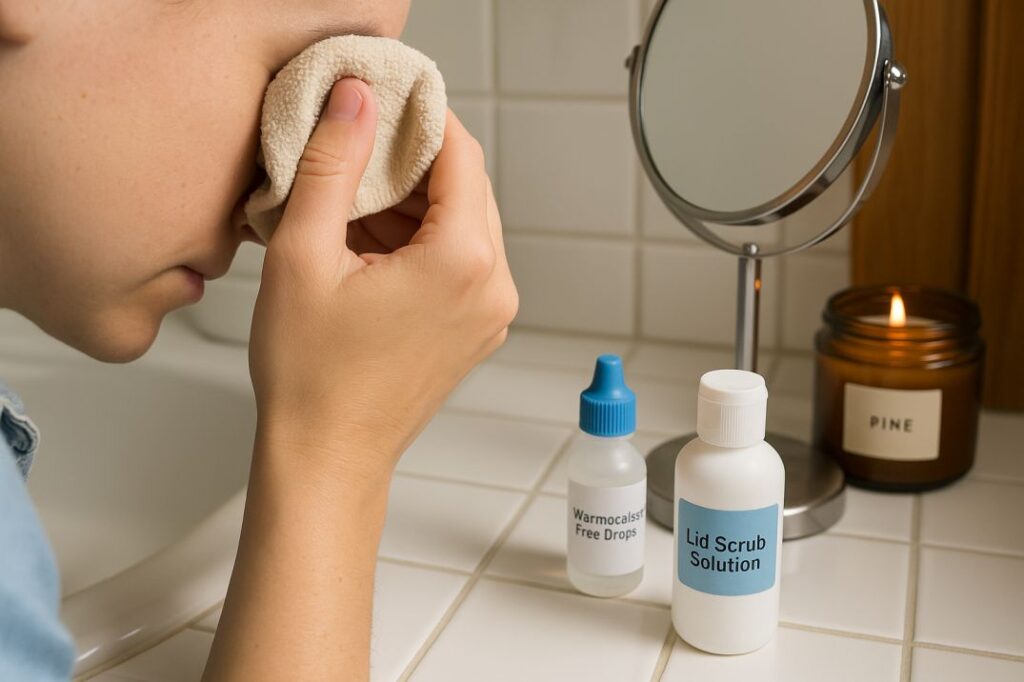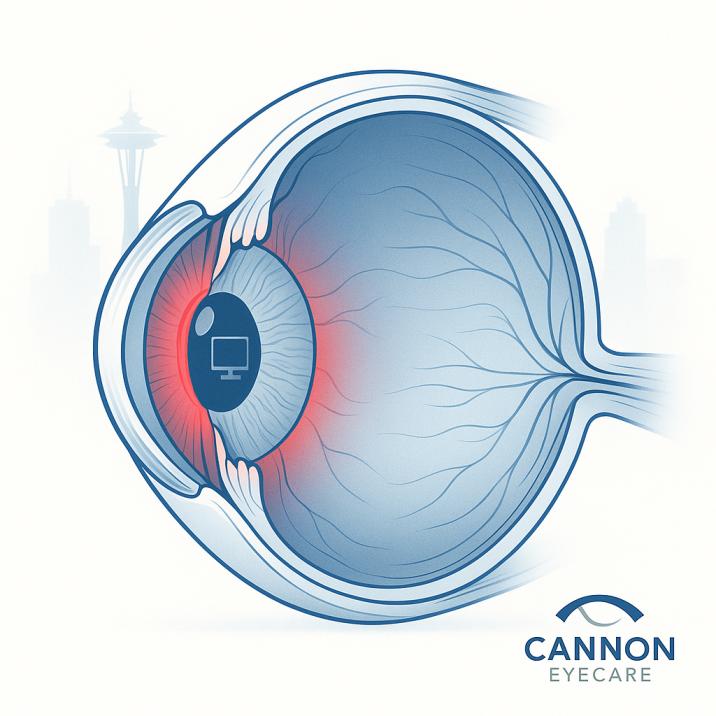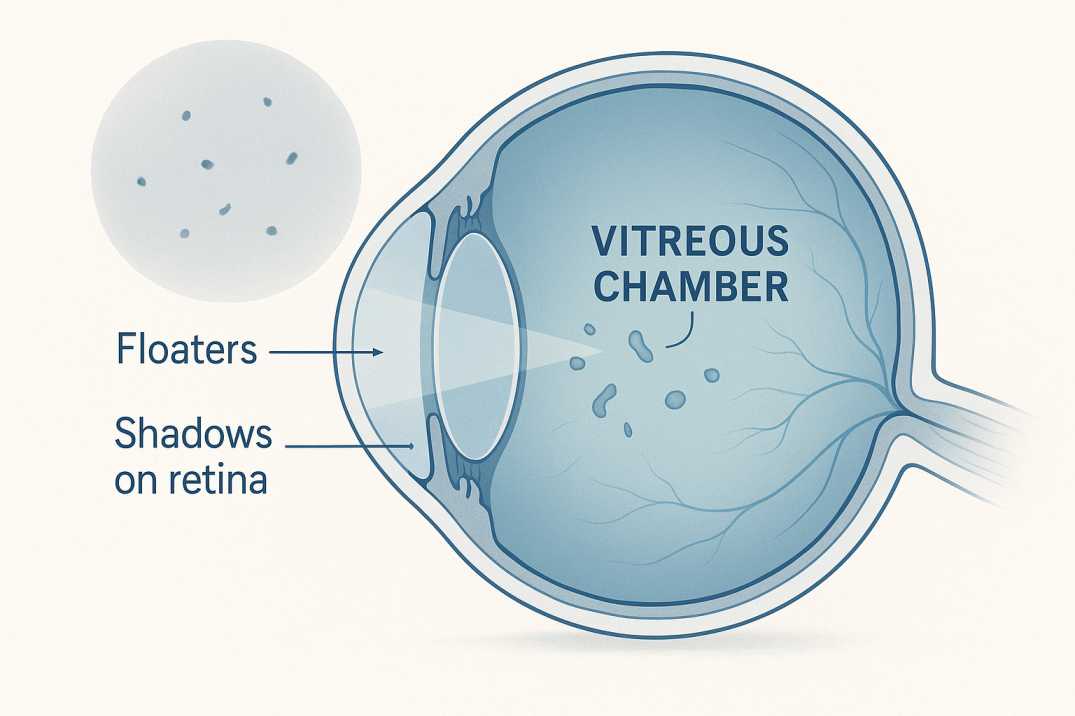What Causes Eye Discharge? | Seattle Eye Guide
What Is “Sleep in the Eyes”?
Eye discharge (“sleep” or rheum) is a natural mix of mucus, oils, and skin cells that cleans your eyes overnight. While common, changes in color, texture, or amount may signal issues needing attention. For Seattle residents, seasonal allergies and dry indoor air can intensify this morning buildup.
Common Causes in the Pacific Northwest
Natural Cleaning
Small, clear/white crust upon waking is normal.
Seattle-Specific Triggers
-
Allergies: Pollen from our lush landscapes worsens discharge
-
Dry Eye Syndrome: Low humidity indoors (heating/cooling) reduces tear quality
-
Blepharitis: Eyelid inflammation aggravated by damp climates
-
Contact Lens Wear: Poor hygiene during outdoor activities increases the risk
Identifying Normal vs. Problematic Discharge
Harmless Signs
-
Small, clear/white residue
-
No pain or vision changes
Warning Signs Needing Care
-
Thick yellow/green/gray discharge
-
Eyes “stuck shut” in the morning
-
Redness, pain, light sensitivity, or blurred vision
-
One-eye discharge in children
Safe Cleaning Techniques for Seattleites
-
Wash your hands with soap
-
Gently wipe from inner to outer eye with a damp, clean cloth
-
Never rub—this spreads irritants
-
Dispose of used materials
For Contact Lens Wearers
-
Remove lenses before cleaning
-
Avoid overnight wear (unless prescribed)
-
Rinse eyes after pollen-heavy outdoor activities
Home Remedies & Prevention
Effective Solutions
-
Warm Compresses: Loosen crusts (ideal for blepharitis)
-
Preservative-Free Drops: Combat Seattle’s indoor dryness
-
Lid Scrubs: Baby shampoo dilution for debris removal
Prevention Tips
-
Replace eye makeup quarterly
-
Wash your face after outdoor exposure
-
Follow the 20-20-20 rule during tech work
-
Use humidifiers in winter
Children vs. Adults: Key Differences
Children
Adults
-
Common Causes: Screen-induced dry eye, age-related blepharitis
-
Action: Address vision changes or pain promptly
When to Visit a Seattle Eye Doctor
Seek same-day care at Cannon EyeCare for:
-
Severe pain/vision loss
-
Discharge with fever or headache
-
Post-injury symptoms
-
Swelling around the eyes
-
Symptoms lasting 3+ days
Lifestyle Adjustments for Seattle Living
Tech Habit Fixes
-
Position screens below eye level to reduce dryness
-
Use anti-glare filters on devices
-
Take screen breaks every 20 minutes
Climate-Specific Protection
-
Wear wraparound sunglasses during pollen season
-
Run air purifiers during wildfire smoke events
-
Stay hydrated, especially during summer droughts
FAQs
-
“Sleep” in your eyes is dried mucus, oil, and debris that builds up overnight because you don’t blink while sleeping




